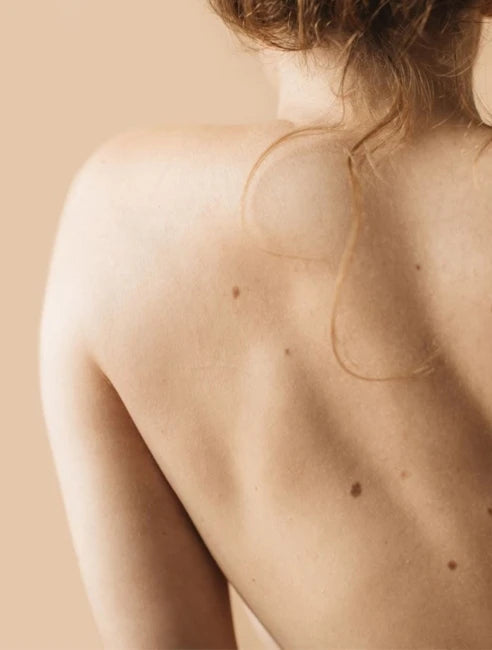
MOLE MAPPING
Detecting suspicious moles early significantly increases the chances of a positive outcome should they turn out to be cancerous.
WHAT IS MOLE MAPPING?
Map My Mole is a dermatologist-led service created to meet the growing need for fast, reliable skin lesion assessments.
As Dr Toby Nelson, Founder of Map My Mole, explains:
“The aesthetics industry is uniquely positioned to support individuals concerned about moles or skin changes. Many people want reassurance or screening for skin cancer but face delays accessing their GP.”
We’re proud to partner with Map My Mole, a service that allows us to offer fast, accessible mole and skin lesion checks in clinic. Using high-resolution dermatoscope imaging, we can scan any moles or lesions you're concerned about. These images are then reviewed by a UK-based consultant dermatologist, with a full medical report provided within 24 to 48 hours.
Every case is assessed by a specialist. If anything potentially concerning is identified, the report will include clear next steps and can be shared with your GP to help speed up any necessary referrals for further investigation or treatment.
Early detection is key - and now its simple, quick and affordable.
IDENTIFYING CANCEROUS LESIONS
ABCDE RULE
A
Asymmetry
One half of the spot is unlike the other half.
B
Border
The spot has an irregular, scalloped, or poorly defined border.
C
Colour
The spot has varying colors from one area to the next, such as shades of tan, brown or black, or areas of white, red, or blue.
D
Diameter
While melanomas are usually greater than 6 millimeters, or about the size of a pencil eraser, when diagnosed, they can be smaller.
E
Evolving
The spot looks different from the rest or is changing in size, shape, or colour.
VIEW PRICING & BOOK
TREATMENT INFORMATION
It’s important to check your skin regularly. The more familiar you are with how your skin looks, the more likely you are to notice any changes early.
- You should have a mole checked if it has:
- Changed in size, shape, or colour.
- Become painful, itchy, or inflamed.
- Started bleeding, become crusty, or developed an unusual appearance.
- Persisted or looked unusual for more than a few weeks.
Be mindful of the ABCDE rule for moles: Asymmetry, Border, Colour, Diameter, and Evolving.
Please note, there are cases where we cannot scan any moles or pigmented lesions which include:
- An intimate area of the body. (e.g. genitals, areas of the breasts covered by a bra)
- On the eyelid or the tip of an ear.
- Covered by an excessive amount of hair.
- Wet, open or bleeding wounds.
- That is on a tattoo.
If any of these exclusions apply to you and you are concerned about your mole, please see your GP for help.



